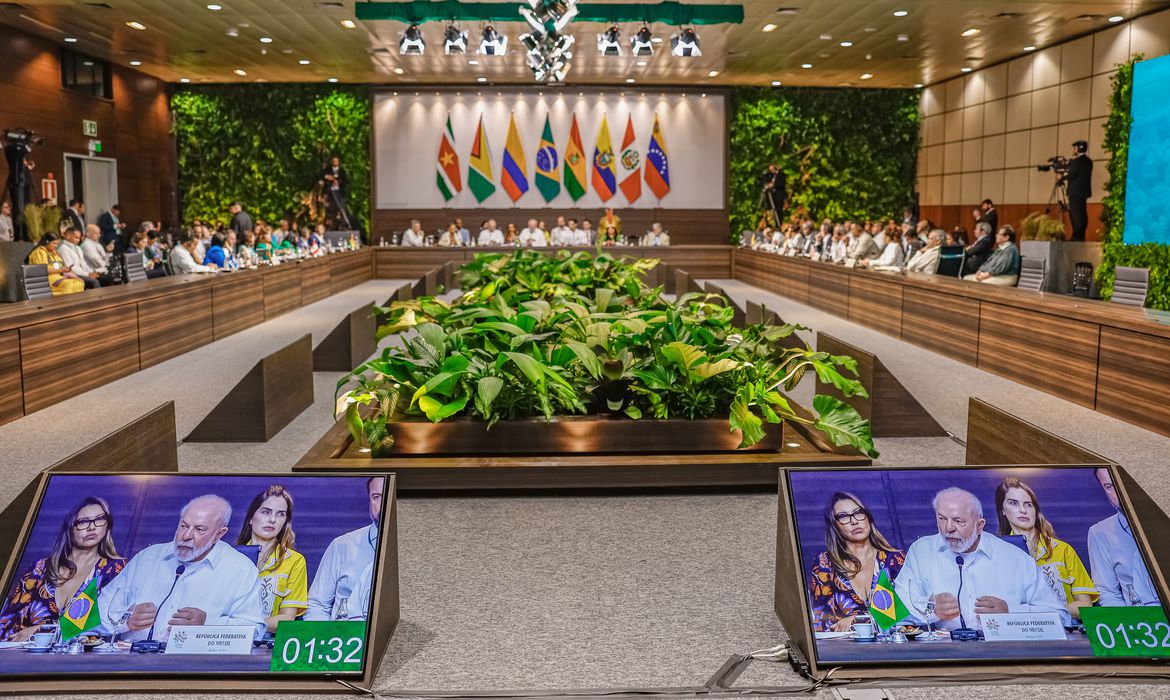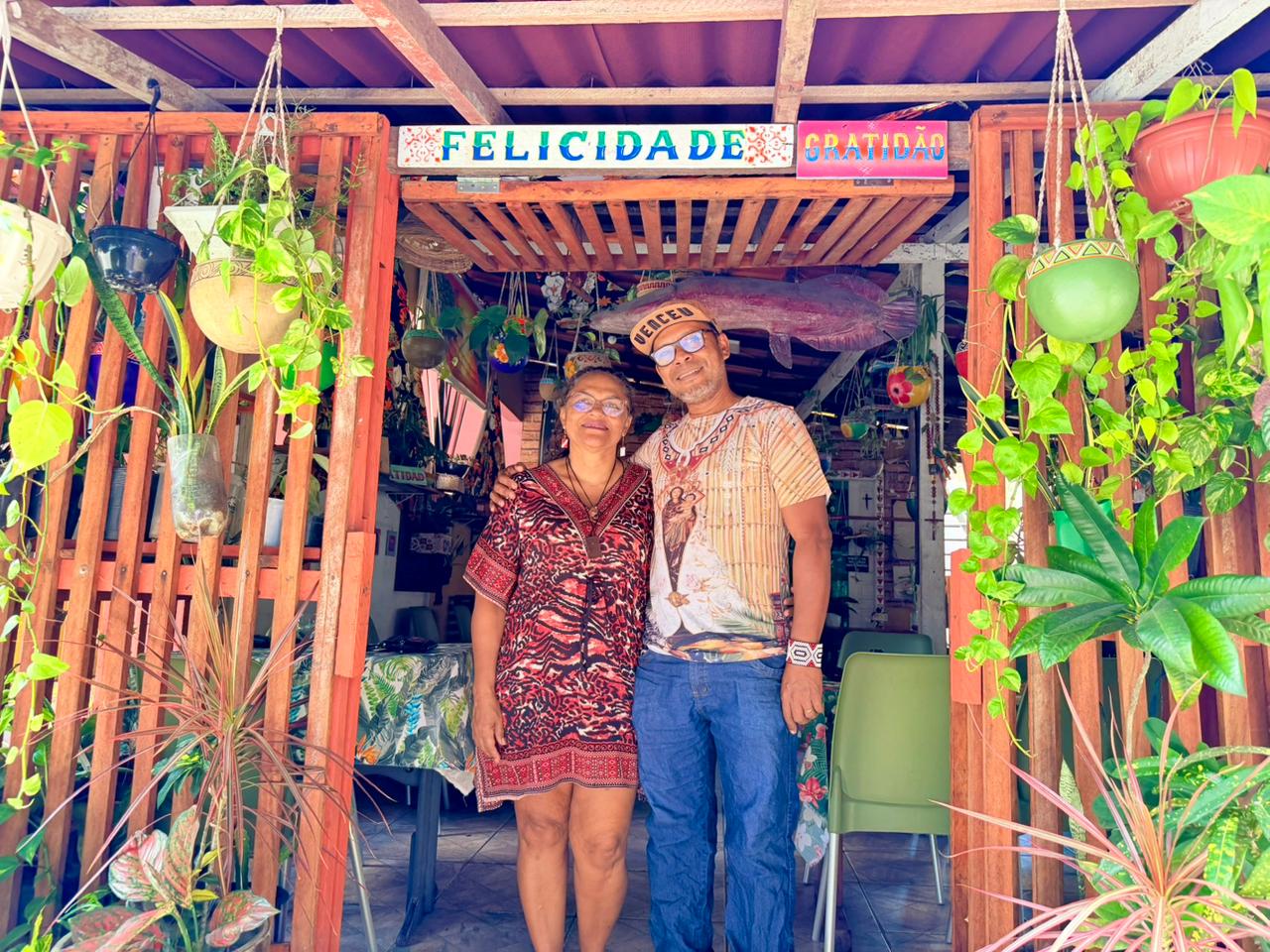
From Aesthetics to Ethics: Wearing the Forest Without Exploiting It
From Fashion’s Ecological Rhetoric to Ancestral Practices That Truly Protect the Forest
by Izabella Mota
With eyes turned toward COP30, the forest can become an inspiration for change in the fashion world. In times of climate emergency, the hyperproduction of fast fashion and the excessive consumption driven by capitalist standards have caused serious environmental damage. Behind the trends lies a production system that consumes natural resources at an alarming scale and leads to river pollution, soil contamination, and tons of textile waste – most of it without any sustainable destination, as seen in the massive dump of discarded clothing that has accumulated in the Atacama Desert in Chile.
The United Nations Alliance for Sustainable Fashion, in data published by the World Bank (2019), estimates that the apparel and textile industry consumes around 215 trillion liters of water annually. It is estimated that 87% of textile fibers used in the fashion industry are incinerated or sent to landfills, while the sector is responsible for between 2% and 8% of global annual carbon emissions. In addition, around half a million tons of plastic microfibers are released into the oceans each year. According to UNEP (United Nations Environment Programme), these released microfibers can’t be filtered out of the water and spread through the food chain, posing a far-reaching environmental and public health threat.
And even so, in recent years, the sector has significantly appropriated “green” discourse to drive more sales. Greenwashing dresses itself in expressions such as “ethical”, “responsible”, “sustainable”, and “eco-friendly”, repeated endlessly to persuade consumers. In Brazil, we still see brands appropriating the Amazon as an aesthetic repertoire while ignoring the people who live there and their real production chains. The forest becomes a stage targeted for visual, symbolic and economic exploitation. But after all, is it possible to “wear” the forest without exploiting it? I have a hunch: fashion must learn from traditional ways of life. Learn from the territories. And above all, with the people who inhabit it, who have much to teach if we truly wish to commit to the future.
Knowledge and weaving traditions
These teachings go far beyond conscious consumption: we must pay attention to the origin and production processes of what we wear and redirect our focus toward cultural practices. We must ask whose hands create and preserve these traditions, and what the final destination of each material is. Within this perspective lie time, weaving, and meaning: garments made from the living memory that extends from each body to the forest.
Among Indigenous people, for example, there is a relationship with what will become clothing that begins long before each creative step – before the material, there is the territory. There is knowledge of the right moment to harvest, and also of when not to harvest; in a quiet ethic, one only takes from the forest when it does not harm its regeneration. Natural materials also become a form of listening: hands braid, weave, scrape, and dye while respecting the curves and resistance of each fiber. There is no surplus, because everything finds a destination – seeds become bio-jewerly, bark becomes pigments and tools, the smallest thread becomes detail, and the leftovers return to the earth, where they can be reborn.
Indigenous peoples offer a lens through which we can unlearn consumption in order to relearn relationships. The strong symbolic value acts as respect when braiding, spinning, and weaving – tururi, buriti, tucum, algodão nativo. When dyeing naturally, it follows the rhythm of nature – urucum, jenipapo, colored clays, and diverse plants. The forest is seen as a subject and creative gesture – not as a resource.
Building sustainable possible futures requires more than goals and formal agreements. It demands the incorporation of knowledge practiced for generations in everyday life. Indigenous people show that sensitivity, measure, and connection to territory are not abstract values – but concrete foundations of sustainability.




